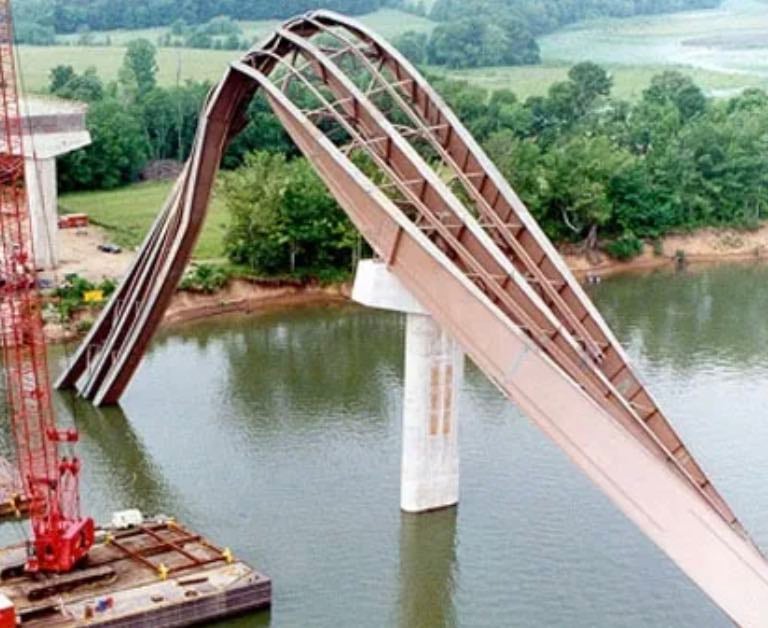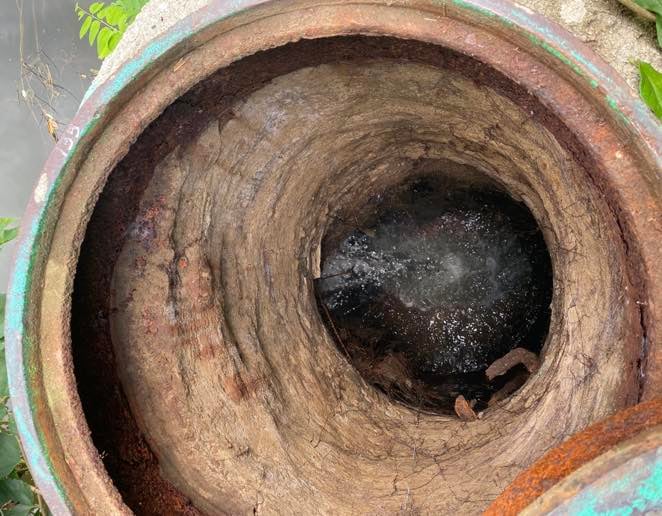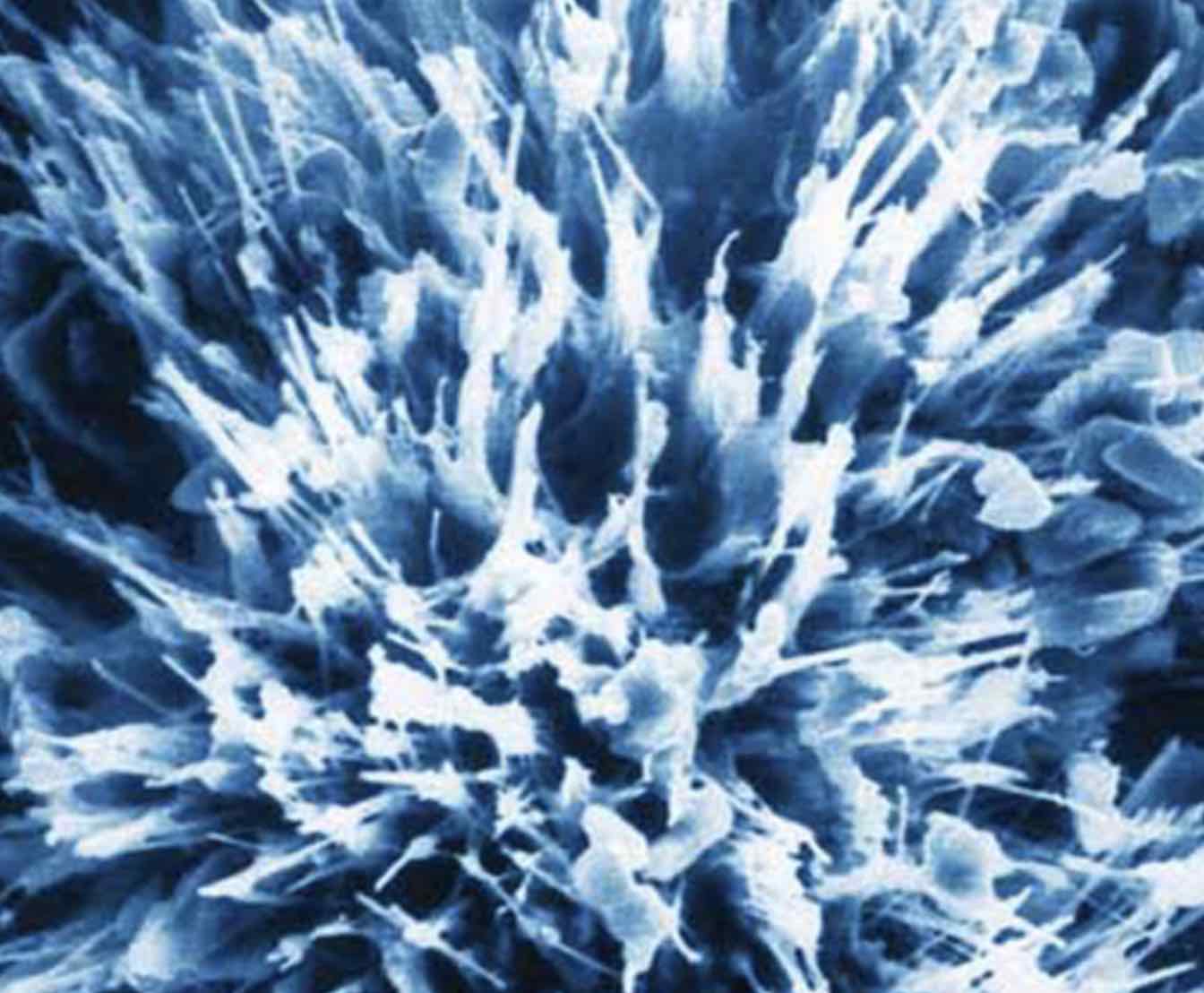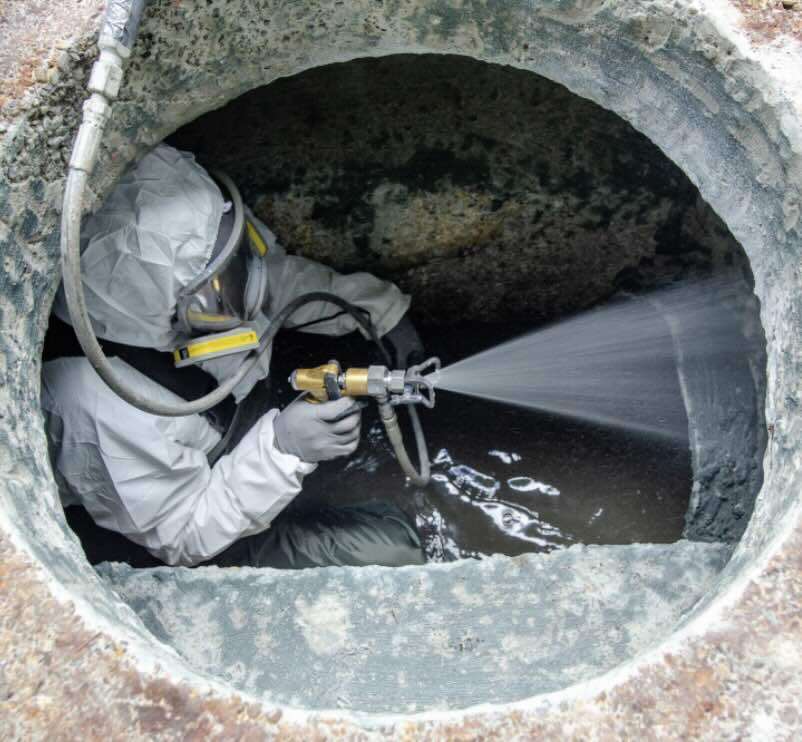
Should I Repair or Replace Steel Members?
When assessing the extent of section loss in steel structures, several factors are considered.
- High Performance Coatings
Steel structures form the backbone of our modern infrastructure, from towering skyscrapers to expansive bridges. However, these critical components face a persistent threat: section loss due to corrosion and deterioration. Understanding how to assess and prevent this damage is essential for maintaining structural integrity and ensuring public safety.
Protecting Steel Structures: Understanding Loss and Prevention Strategies
The Critical Nature of Section Loss Assessment
Section loss in steel structures represents more than just cosmetic damage—it directly impacts the load-bearing capacity and safety of the entire structure. When steel corrodes or deteriorates, the reduction in cross-sectional area compromises the member's ability to carry its intended loads, potentially leading to catastrophic failure if left unaddressed.
The assessment process requires careful consideration of multiple interconnected factors that influence both the severity of the damage and the urgency of required interventions.
Key Factors in Section Loss Evaluation
Structure Type and Function
Different structures exhibit varying tolerance levels for section loss based on their design and intended use. A minor reduction in a decorative steel element may pose minimal risk, while the same degree of loss in a primary structural beam could necessitate immediate action. Critical infrastructure components such as bridge girders, building columns, and industrial framework members require heightened scrutiny due to their essential load-bearing roles.
Strategic Location Assessment
The location of section loss within a structure significantly influences its impact on overall stability. Areas experiencing high stress concentrations, such as connection points, mid-span regions of beams, or column bases, are particularly vulnerable. Section loss in these critical zones can dramatically reduce structural capacity, while damage in low-stress areas may have minimal immediate impact on performance.
Remaining Capacity Analysis
Structural engineers must carefully evaluate the remaining load-carrying capacity of affected members. This analysis considers the original design capacity, structural redundancy, and the current condition of surrounding elements. Modern structures often incorporate safety factors and redundant load paths, which can provide some tolerance for section loss. However, this buffer should never be relied upon without proper professional assessment.
Deterioration Rate Monitoring
The speed of deterioration progression is crucial for determining intervention timing. Rapid corrosion rates may indicate aggressive environmental conditions or inadequate protection systems, requiring immediate attention to prevent further capacity loss. Gradual deterioration might allow for planned maintenance schedules, but consistent monitoring remains essential.
Assessment Methods and Technologies
Professional evaluation of section loss employs various sophisticated techniques:
Visual Inspections provide initial assessment capabilities, allowing inspectors to identify obvious signs of corrosion, pitting, and material loss. While fundamental, visual inspections have limitations in detecting internal damage or quantifying exact section loss percentages.
Ultrasonic Testing offers precise thickness measurements, enabling engineers to quantify remaining material and track deterioration over time. This non-destructive method proves particularly valuable for monitoring known problem areas.
Magnetic Particle Testing reveals surface and near-surface defects that might not be visible during standard inspections, helping identify potential failure initiation points.
Radiographic Examination provides detailed internal views of steel members, uncovering hidden corrosion and structural anomalies that other methods might miss.
The Role of Professional Expertise
Qualified structural engineers bring essential expertise to section loss assessment. Their comprehensive evaluation considers load combinations, environmental factors, structural behavior, and safety requirements. This professional analysis ensures that all relevant factors receive proper consideration and that recommended actions align with engineering standards and building codes.
Preventive Protection Strategies
While assessment and repair are crucial, prevention remains the most cost-effective approach to managing section loss. High-performance coating systems provide robust protection against the environmental factors that cause steel deterioration.
Advanced coating technologies offer multiple protection mechanisms. Some systems, like Tnemec Series 215, can actually resurface pitted steel, restoring both appearance and protective capabilities. Other specialized coatings, such as Series 90-97, provide cathodic protection that actively prevents corrosion at the electrochemical level.
The selection of appropriate coating systems depends on various factors including environmental exposure, structural requirements, and lifecycle cost considerations. Professional coating consultants can specify systems tailored to specific applications, ensuring optimal protection and longevity.
Lifecycle Cost Considerations
Investing in high-quality protective coatings during initial construction or early maintenance cycles typically provides significant long-term savings. The cost of prevention consistently proves lower than the expense of major repairs or structural replacement. Additionally, proper protection systems minimize disruption to operations and reduce the frequency of required inspections and maintenance interventions.
Moving Forward with Confidence
Steel structure owners and managers should establish regular inspection programs and maintain relationships with qualified structural engineers and coating specialists. Proactive approaches to section loss prevention and early intervention ensure structural safety while optimizing maintenance budgets.
The combination of professional assessment techniques, high-performance protective coatings, and regular monitoring creates a comprehensive strategy for managing steel structure integrity. This integrated approach protects both the significant investments represented by steel infrastructure and the safety of those who depend on these critical structures.
For structures showing signs of section loss or those requiring enhanced protection systems, consulting with coating specialists and structural engineers provides the expertise needed to make informed decisions about the most effective and economical protection strategies.
Ready to protect your steel structures with industry-leading coating solutions? Contact our coating specialists today to discuss how advanced protective systems can extend the life of your infrastructure and improve your overall lifecycle costs.
LET OUR KNOWLEDGE AND EXPERTISE HELP ENSURE YOUR NEXT PROJECT IS SUCCESSFUL

Comparing Structural Epoxy to Other Repair...
Structural epoxy and cementitious repair...

The Use of Crystalline Waterproofing Additives in...
The Use of Crystalline Waterproofing Additives...
